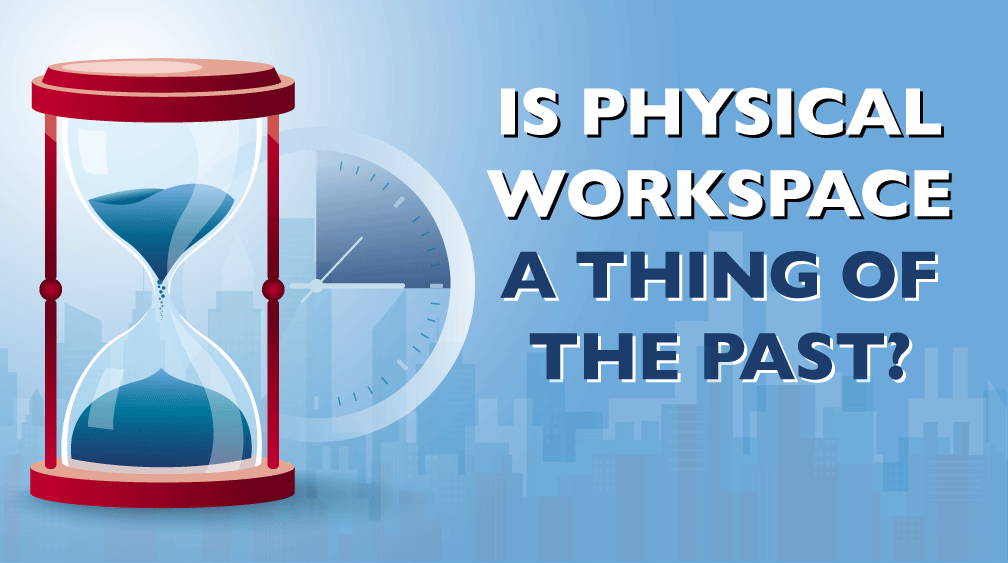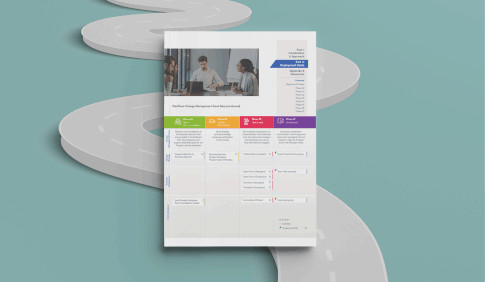We are six months into full-time remote work. I don’t know about you, but I’m beginning to forget what being in the office felt like! And I miss it. I miss it so much that I find myself rewatching workplace-centric TV like Mad Men, The Office, 30 Rock, etc. As I rewatch these shows, I think about the evolution of the physical workspace and where it’s headed in the near future.
In June, I participated in The Value of Office Space Panel: How to Avoid Rash Decisions in Uncertain Times with Eric West of West, Lane, and Schlager Realty Advisors, Randy Thomas of Abbott, and Roger Sola-Sole of sshape. During the panel, we discussed the possible impacts a fully remote workforce will have on the value of office space in 2-5 years.
Traditionally, the office was a second home with dedicated space containing family pictures, plants, knickknacks. For many of us, we did all our work from the office, and we spent 24% of our lives in and around that space. Over the last 20+ years, we have seen a shift to more shared spaces, providing employees with a choice in where and how they work within and outside the office. The introduction of technologies like email, personal computers/laptops, mobile/smartphones transformed traditional workspaces and our work styles but still, the physical workplace remained a central hub for getting office work done until six months ago.
COVID-19 changed our perspective of the office rapidly by forcing those workers into a fully remote setting in a matter of weeks for an indefinite amount of time. Functions we never imagined doing away from the physical workplace are getting done from home. This opens a host of opportunities for rethinking the purpose and need for the physical workplace. As you and your organization consider what the workplace may look like in the future, consider these few basic questions before making decisions.
Questions to Evaluate the Future of Workspace
- What is the value of the physical office space? How does physical space enable your mission, vision, and strategy?
- During the pandemic:
- What impedes your ability to meet the mission?
- What benefits do you experience from virtual work?
- Other than just getting back to some ‘normal,’ what do you think is the true advantage of working in the physical office?
- What requires someone to be in the office (necessity)? What functions are best done in the office (preference)?
Additionally, before making any big decisions, get input from your workforce. Design the physical workplace to support your workforce and enable their productivity while reflecting your organization’s desired culture and values. Consider engaging your workforce around opportunities and challenges through a survey or series of virtual focus groups.
Questions to Engage the Workforce
- What opportunities does more mobile and virtual work offer?
- What is missing from the virtual environment?
- How has this period of maximum telework changed your work preferences?
- What can technology truly NOT replicate?
- What aspects of the culture are being impacted by a more mobile/virtual workforce?
As I’ve thought through these questions, I imagine a very different kind of workplace, one that is a center for interaction and innovation in service of meeting client’s needs. I’m physically doing most of my work at my home office, outside, or my favorite coffee shop.
What about you? What do you think the future workplace will look like? Share your thoughts with me: kelly.barlow@dev2021.theclearing.com.


